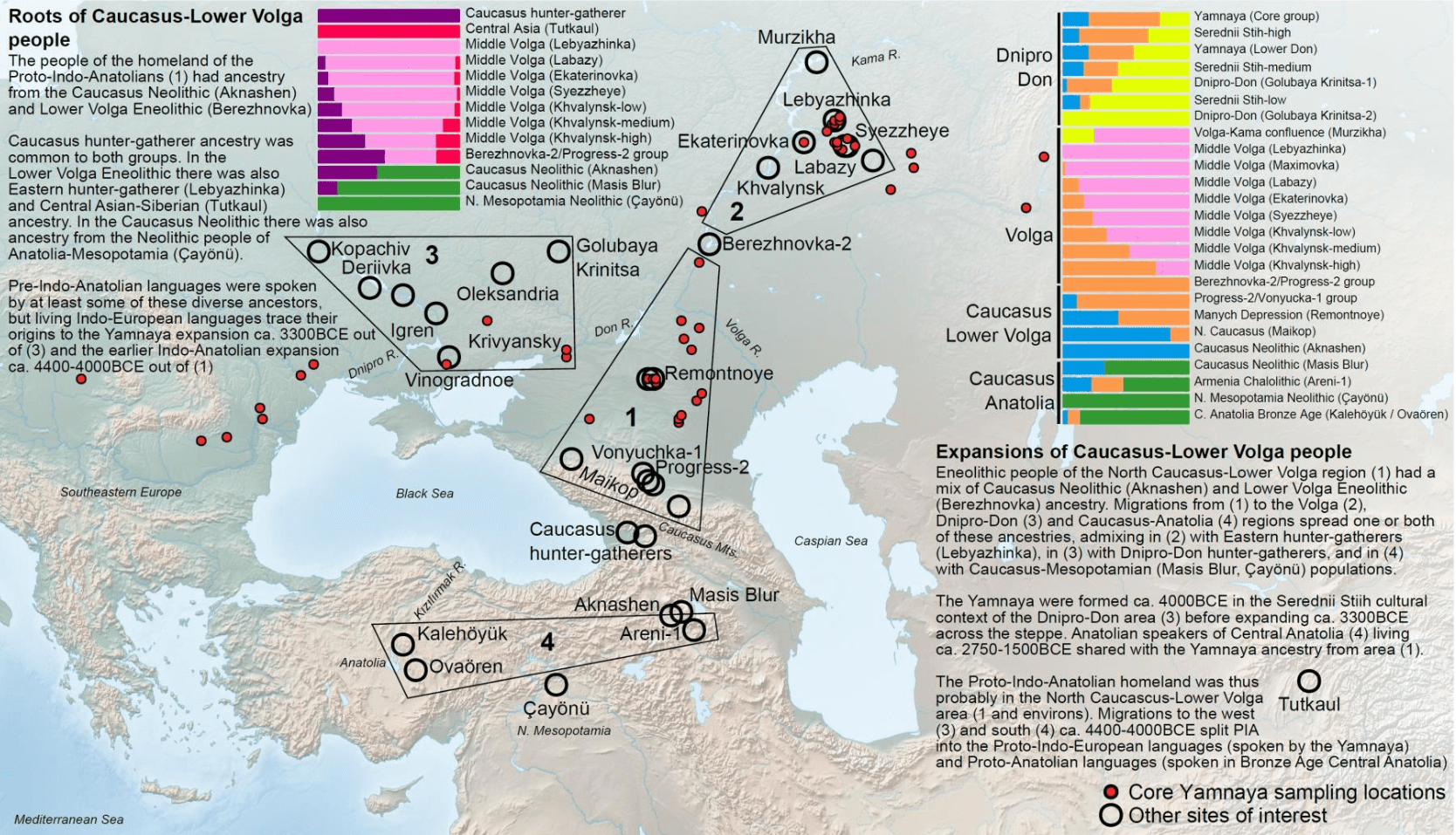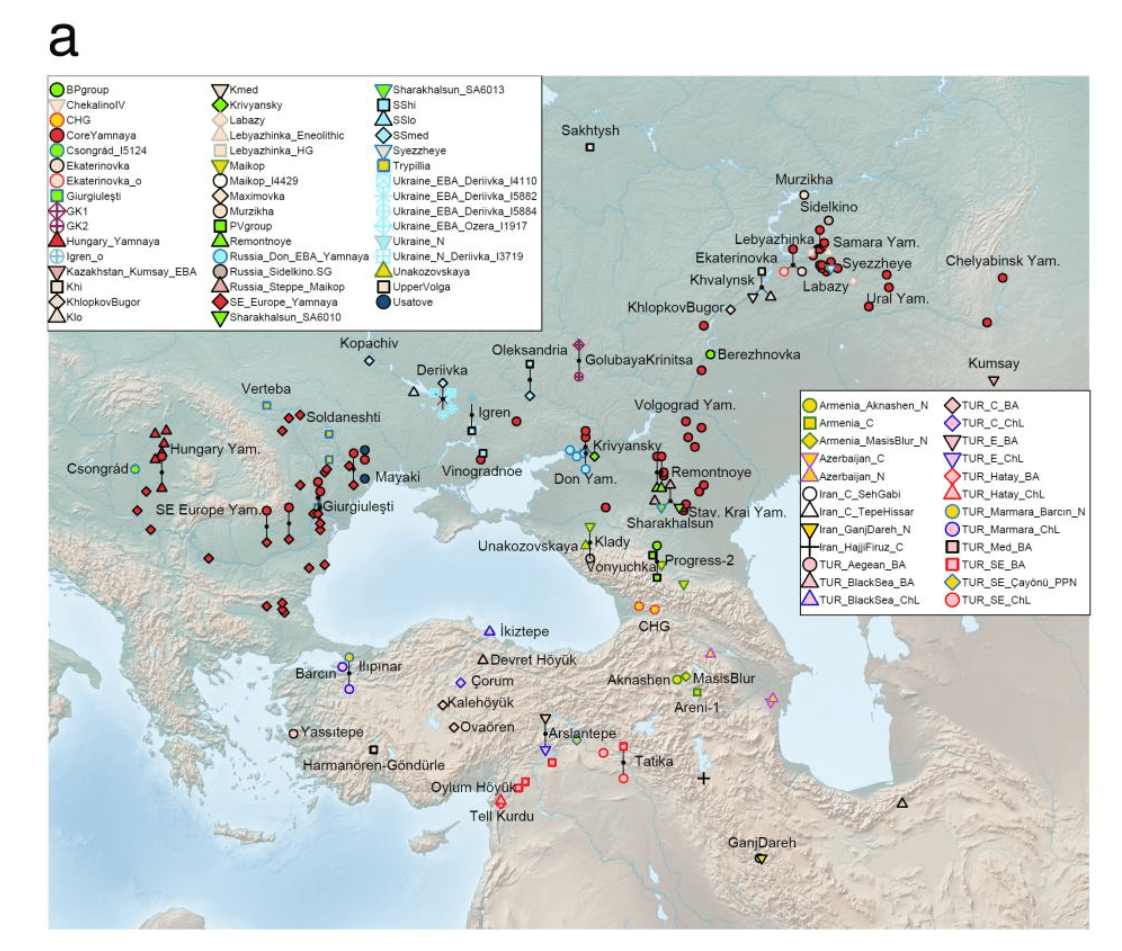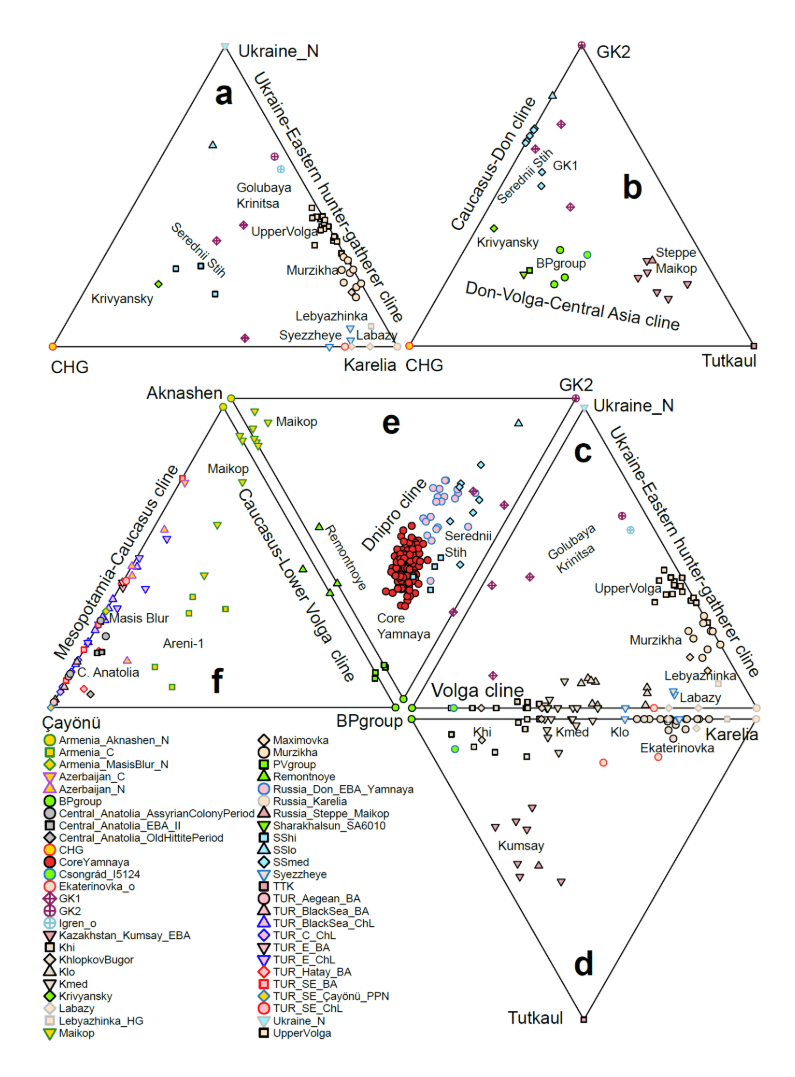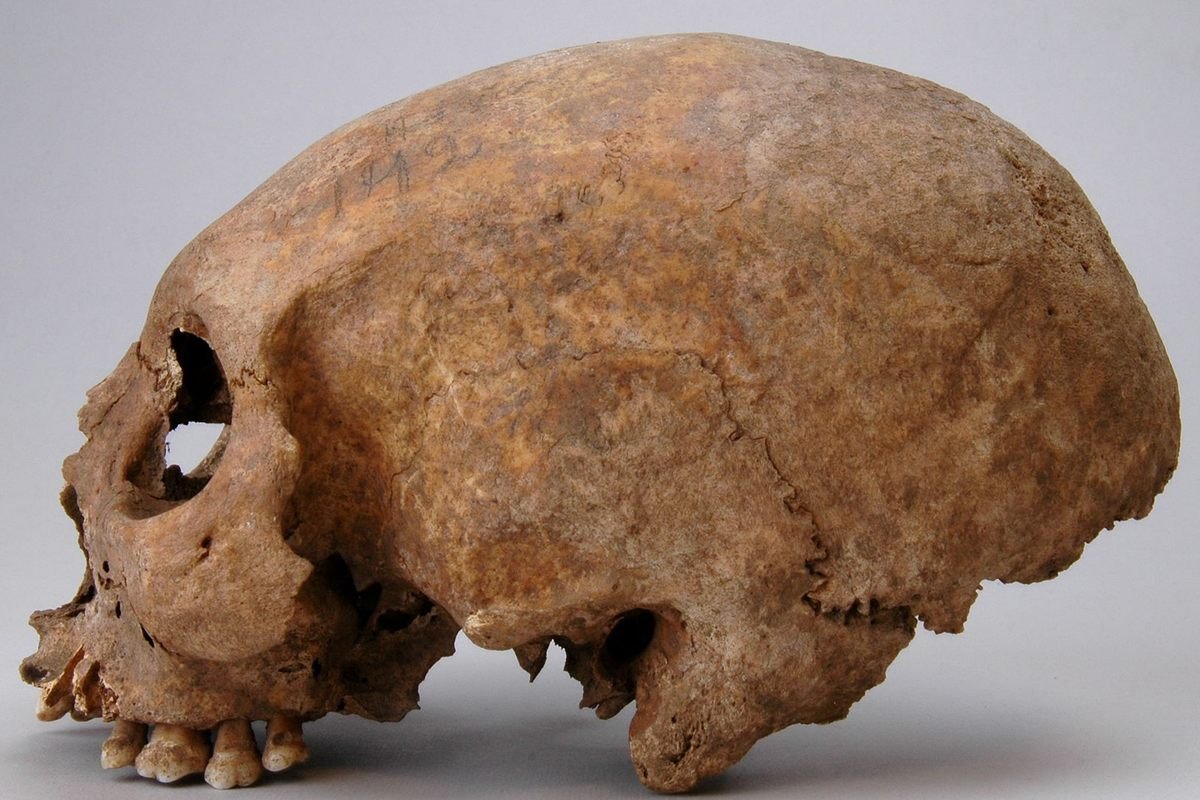This compilation of 100 Ancient Indian names and their meanings offers a glimpse into the profound cultural heritage and spiritual depth of ancient India.
Each name, carefully selected for its significance and symbolism, reflects the values, beliefs, and traditions of this vibrant civilization. From the divine appellations of gods and goddesses to the earthly expressions of virtues and qualities, these names encapsulate the essence of Indian spirituality, mythology, and ethos. Whether invoking the cosmic forces of creation and destruction or celebrating the beauty and harmony of the natural world, each name carries a story, a legacy, and a sense of connection to the timeless wisdom of India's past.
Through this exploration, we come to appreciate the richness and diversity of Indian culture, where names serve as vessels of meaning, carrying forward the aspirations, hopes, and aspirations of generations past and present. In embracing these names, we honor the profound legacy of ancient India and its enduring influence on the world.
Here's a list of 100 Ancient Indian names along with their meanings:
Aditi: Meaning "free" or "unbounded," Aditi is also the name of the Hindu goddess of infinity and motherhood.
Akash: Meaning "sky" or "ether," Akash symbolizes vastness and boundlessness.
Amar: Meaning "immortal" or "everlasting," Amar represents eternal life and vitality.
Ananya: Meaning "unique" or "incomparable," Ananya signifies individuality and exclusivity.
Arjun: Meaning "bright" or "shining," Arjun is also the name of a legendary warrior prince from the Mahabharata.
Ashwin: Meaning "light" or "possessor of horses," Ashwin is also the name of the twin gods of medicine in Hindu mythology.
Bhavesh: Meaning "lord of the world," Bhavesh signifies sovereignty and dominion.
Chandra: Meaning "moon," Chandra represents beauty, calmness, and serenity.
Dhruv: Meaning "pole star," Dhruv symbolizes stability, constancy, and guidance.
Gauri: Meaning "fair" or "golden," Gauri is also an epithet of the Hindu goddess Parvati.
Govind: Meaning "cowherd" or "protector of cows," Govind is also a name of Lord Krishna.
Hari: Meaning "lord Vishnu" or "the green one," Hari represents divine sustenance and preservation.
Ishaan: Meaning "lord Shiva" or "the sun," Ishaan symbolizes power, energy, and auspiciousness.
Jagannath: Meaning "lord of the world," Jagannath is a name of Lord Vishnu, particularly revered in the Jagannath Temple in Puri, Odisha.
Kamala: Meaning "lotus," Kamala represents purity, enlightenment, and spiritual growth.
Krishna: Meaning "dark" or "black," Krishna is one of the most revered avatars of Lord Vishnu in Hinduism.
Lakshmi: Meaning "prosperity" or "wealth," Lakshmi is the Hindu goddess of fortune and abundance.
Manoj: Meaning "born of the mind," Manoj symbolizes creativity, intellect, and mental prowess.
Neha: Meaning "love" or "affection," Neha represents emotional bonding and compassion.
Om: Meaning "the sacred sound," Om is a mystical syllable in Hinduism, representing the essence of the universe.
Parth: Meaning "charioteer" or "warrior," Parth is also a name of Arjuna, the hero of the Mahabharata.
Prisha: Meaning "beloved" or "dear one," Prisha signifies affection and endearment.
Raj: Meaning "king" or "ruler," Raj represents leadership, authority, and power.
Riya: Meaning "singer" or "melody," Riya symbolizes musical talent and artistic expression.
Sagar: Meaning "ocean" or "sea," Sagar represents vastness, depth, and mystery.
Shakti: Meaning "power" or "energy," Shakti is the divine feminine energy in Hinduism, often associated with the goddess Durga.
Shiv: Meaning "auspicious" or "benevolent," Shiv is also a name of Lord Shiva, the destroyer and transformer in Hinduism.
Tanvi: Meaning "beautiful" or "slender," Tanvi signifies grace, elegance, and attractiveness.
Uma: Meaning "flax" or "linen," Uma is an epithet of the Hindu goddess Parvati, representing fertility and auspiciousness.
Ved: Meaning "sacred knowledge" or "scripture," Ved symbolizes wisdom, enlightenment, and divine revelation.
Yash: Meaning "fame" or "glory," Yash represents recognition, achievement, and honor.
Zara: Meaning "princess" or "flower," Zara signifies royalty, beauty, and delicacy.
Abhay: Meaning "fearless" or "brave," Abhay represents courage, valor, and strength.
Anjali: Meaning "offering" or "salutation," Anjali signifies devotion, reverence, and respect.
Ayush: Meaning "long life" or "health," Ayush symbolizes vitality, wellness, and longevity.
Bhumi: Meaning "earth," Bhumi represents grounding, stability, and nourishment.
Chetan: Meaning "consciousness" or "soul," Chetan signifies awareness, vitality, and life force.
Dhara: Meaning "flow" or "stream," Dhara represents continuity, movement, and dynamism.
Ganga: Meaning "river Ganges," Ganga is a sacred river in Hinduism, symbolizing purity and liberation.
Hansa: Meaning "swan," Hansa symbolizes purity, grace, and spiritual discernment.
Ishita: Meaning "desired" or "cherished," Ishita signifies aspiration, fulfillment, and contentment.
Jai: Meaning "victory" or "triumph," Jai represents success, achievement, and overcoming obstacles.
Kavya: Meaning "poetry" or "literature," Kavya symbolizes creativity, expression, and aesthetic beauty.
Lila: Meaning "divine play" or "cosmic drama," Lila represents the spontaneous and joyful expression of the universe.
Mohan: Meaning "charming" or "bewitching," Mohan is also a name of Lord Krishna, signifying attractiveness and allure.
Nandini: Meaning "joyful" or "delightful," Nandini signifies happiness, pleasure, and contentment.
Ojas: Meaning "vigor" or "vitality," Ojas represents strength, resilience, and robustness.
Pari: Meaning "fairy" or "angel," Pari signifies beauty, grace, and ethereality.
Pranav: Meaning "sacred syllable Om," Pranav symbolizes the divine essence and universal consciousness.
Radha: Meaning "success" or "prosperity," Radha is also a name of the beloved consort of Lord Krishna, symbolizing devotion and love.
Rohan: Meaning "ascending" or "rising," Rohan represents progress, growth, and advancement.
Sakshi: Meaning "witness" or "observer," Sakshi signifies awareness, presence, and mindfulness.
Shreya: Meaning "auspicious" or "favorable," Shreya represents goodness, virtue, and positive outcomes.
Tarun: Meaning "youthful" or "young," Tarun symbolizes vitality, freshness, and vigor.
Urmi: Meaning "wave" or "undulation," Urmi represents fluidity, movement, and change.
Varun: Meaning "lord of the waters," Varun is also a name of the Vedic god of the oceans, symbolizing depth and mystery.
Vidya: Meaning "knowledge" or "wisdom," Vidya represents learning, enlightenment, and intellectual growth.
Yamini: Meaning "night" or "nocturnal," Yamini signifies darkness, introspection, and the subconscious mind.
Zoya: Meaning "life" or "alive," Zoya represents vitality, energy, and vivacity.
Aadi: Meaning "beginning" or "first," Aadi symbolizes origin, initiation, and genesis.
Aarav: Meaning "peaceful" or "calm," Aarav represents tranquility, serenity, and harmony.
Advik: Meaning "unique" or "peerless," Advik signifies individuality, distinctiveness, and exclusivity.
Amrita: Meaning "immortality" or "nectar," Amrita represents eternal life, divine sustenance, and spiritual rejuvenation.
Anika: Meaning "grace" or "favor," Anika signifies divine blessing, benevolence, and kindness.
Arya: Meaning "noble" or "honorable," Arya represents virtue, integrity, and ethical conduct.
Dev: Meaning "deity" or "divine," Dev symbolizes the divine presence and sacredness.
Divya: Meaning "divine" or "heavenly," Divya signifies spiritual purity, transcendence, and enlightenment.
Esha: Meaning "desire" or "wish," Esha represents aspiration, ambition, and longing.
Hansa: Meaning "swan," Hansa symbolizes purity, grace, and spiritual discernment.
Ila: Meaning "earth" or "speech," Ila represents grounding, stability, and communication.
Ishan: Meaning "lord Shiva" or "the sun," Ishan symbolizes power, energy, and auspiciousness.
Kavi: Meaning "poet" or "sage," Kavi signifies creativity, inspiration, and artistic expression.
Kiran: Meaning "ray of light" or "beam," Kiran represents illumination, clarity, and insight.
Leela: Meaning "divine play" or "cosmic drama," Leela signifies the spontaneous and joyful expression of the universe.
Mani: Meaning "jewel" or "gem," Mani symbolizes preciousness, value, and uniqueness.
Maya: Meaning "illusion" or "magic," Maya represents the transient nature of existence and the veiling power of the divine.
Nehal: Meaning "rainy" or "joyful," Nehal signifies happiness, abundance, and fertility.
Nisha: Meaning "night" or "darkness," Nisha represents introspection, mystery, and the subconscious mind.
Ojaswi: Meaning "brilliant" or "radiant," Ojaswi signifies luminosity, brilliance, and splendor.
Preeti: Meaning "love" or "affection," Preeti represents emotional bonding, compassion, and empathy.
Rajesh: Meaning "lord of the kingdom," Rajesh symbolizes rulership, authority, and governance.
Ria: Meaning "singer" or "melody," Ria represents musical talent, artistic expression, and creative passion.
Samira: Meaning "breeze" or "air," Samira signifies freedom, movement, and fluidity.
Shaurya: Meaning "valor" or "bravery," Shaurya represents courage, heroism, and strength of character.
Sneha: Meaning "affection" or "love," Sneha symbolizes emotional bonding, attachment, and tenderness.
Tejas: Meaning "radiance" or "brightness," Tejas represents inner light, vitality, and spiritual brilliance.
Trisha: Meaning "thirst" or "desire," Trisha signifies aspiration, longing, and fulfillment.
Utkarsh: Meaning "prosperity" or "success," Utkarsh represents growth, advancement, and abundance.
Vansh: Meaning "lineage" or "ancestry," Vansh symbolizes heritage, tradition, and familial connection.
Vidhi: Meaning "destiny" or "fate," Vidhi represents the cosmic order and divine plan governing the universe.
Yuvraj: Meaning "prince" or "heir apparent," Yuvraj signifies royalty, nobility, and leadership.
Zara: Meaning "princess" or "flower," Zara represents grace, beauty, and elegance.
Aaradhya: Meaning "worshiped" or "devoted," Aaradhya signifies reverence, devotion, and spiritual dedication.
Anand: Meaning "bliss" or "joy," Anand represents happiness, contentment, and inner peace.
Aryaman: Meaning "noble" or "honorable," Aryaman signifies virtue, integrity, and ethical conduct.
Daksh: Meaning "skillful" or "competent," Daksh represents proficiency, capability, and expertise.
Diva: Meaning "divine" or "heavenly," Diva signifies sacredness, transcendence, and spiritual connection.
Ishani: Meaning "goddess" or "divine," Ishani represents feminine power, grace, and compassion.
Jaya: Meaning "victory" or "triumph," Jaya signifies success, achievement, and overcoming obstacles.
Kaira: Meaning "unique" or "one of a kind," Kaira represents individuality, distinctiveness, and exclusivity.
These names encompass a diverse range of meanings and cultural significance, reflecting the rich tapestry of ancient Indian heritage and tradition.























































